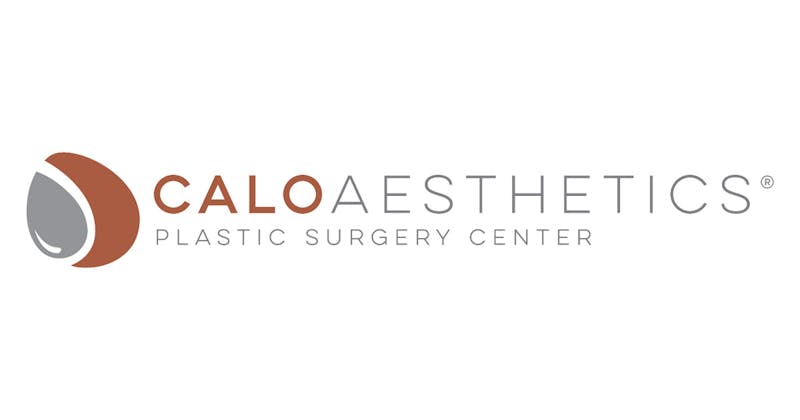
Have you ever considered Botox?
Many people think that Botox is just for people who are middle-aged or beyond, but the truth is that younger and younger patients are showing up for Botox in doctor’s offices across the country. Even people in their teens and 20s are considering Botox as a way to help keep wrinkles at bay, but is it a good idea or is it taking anti-aging efforts to the extreme?

The truth is that everybody ages differently, so it is difficult to give an exact age of when to start Botox treatment should begin. However, the best time to start Botox injections is when age lines are minimally visible or unformed. For most people, this starts to happen in their late 20s or early 30s. It’s a preventative measure that helps to stop wrinkles before they become deeply formed and embedded in the face, and the results can be much more natural and refreshed-looking than if you postponed the procedure.
According to studies, Botox injections that were given to adults when lines were starting to become visible actually soften the muscles and can retrain the muscles in that area. By softening the muscles, Botox can become a preventative treatment, if done 2 to 4 times a year, for people who are trying to reduce the amount of wrinkles they get as they age. In other words, Botox can be a safe part of your anti-aging treatment, and the best part is, people in their 20s and 30s only need a couple of treatments a year, meaning that it is commitment and lower cost than if you wait until you are older and need more Botox units on a more frequent basis.
The bottom line is that any reputable and ethical plastic surgeon will discourage a patient from seeking Botox injections if they are in their teens or younger. There is no point in preventing wrinkles at that age because they are still very youthful and show no signs of visible age lines. There should be no need for them to have to worry about that yet, but if you are in your late 20s or 30s, there is no reason why Botox can be part of your anti-aging program…along with plenty of SPF, of course!

